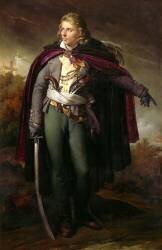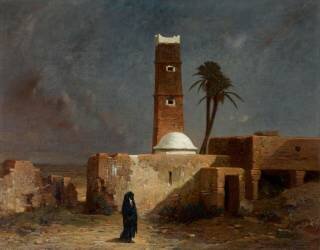Neo-classical painting
Neo-classical painting had its beginnings in France, where it served as a response to the excesses of rococo and its theatrical settings, representing a more sober art form that was both sensual and rationalist. It developed above all noble subjects, derived from mythology or inspired by the Bible, in order to manifest the glory of man. During this period, the rules of perspective really came into their own, bringing a certain strength to man in the face of nature, with the landscape present only to galvanise the subject of the work. Neoclassical painting was a revival of styles, not unlike the art of classical antiquity, from which it drew much of its inspiration, coinciding with the Age of Enlightenment and its evolution. Neoclassical painting did not stop at depictions of ancient history, inspired by Greek and Roman mythology, but took a much more contemporary turn. Neo-classicism preceded and heralded Romantic painting.








































